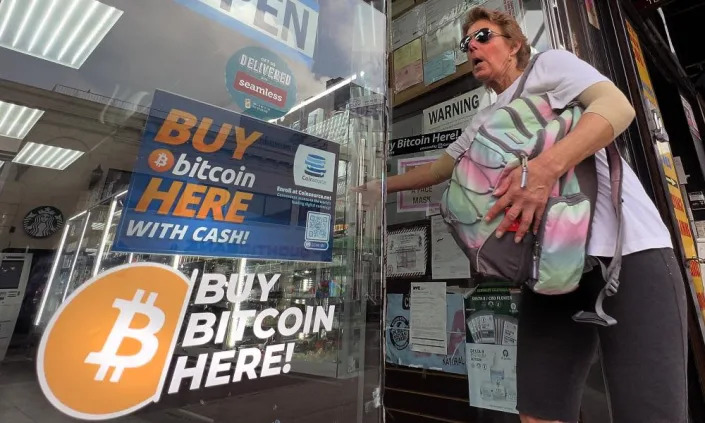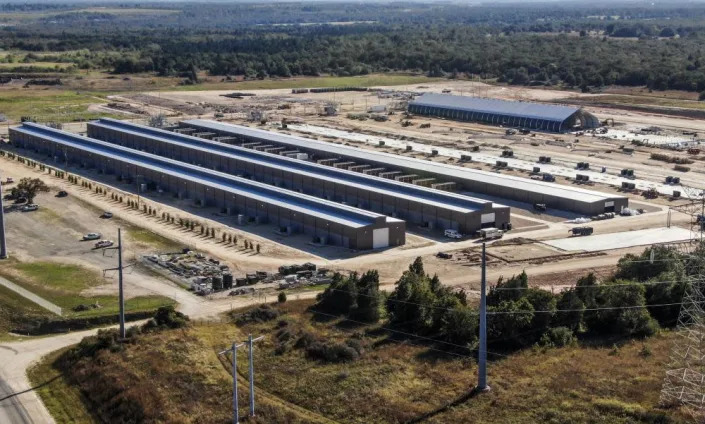Why a recession is 'not the situation we have today,' according to a strategist
With recession fears rattling markets, BNP Paribas Chief Market Strategist Daniel Morris still thinks it is too early for investors to reposition their portfolios.
“When we think of a recession, it’s really a collapse in demand and that’s absolutely not the situation we have today,” Morris told Yahoo Finance Live. “Consumer demand is still strong, business investments still pretty good, and unemployment very low,”
Even with inflation soaring 9.1% year-over-year (YoY) in June 2022, American consumers are spending. A Bank of America (BofA) Institute report released Thursday finds that credit and debit card spending was up 11% YoY in last month. BofA internal data also confirms that consumers are spending and saving more than in pre-pandemic levels.
The labor market is also exhibiting strength amid tightened financial conditions. The U.S. Bureau of Labor Statistics recorded the addition of 372,000 jobs in June 2022, which was 104,000 jobs higher than estimates. The unemployment rate also stayed at 3.6% for the fourth month in a row.
The National Bureau of Economic Research (NBER) defines a recession as a “significant decline in activity that is spread across the economy and that lasts more than a few months.” That does not mean that an economy is in a recession after two consecutive quarters of negative gross domestic product (GDP) growth, according to Morris.
“If you look at the recession that occurred after the dot-com bust in 2000, you did not have two quarters of negative GDP growth, but it was still classified as a recession,” Morris explained.
Morris points out 2 indicators from the dot-com recession investors should look out for in the future: the labor market and the Fed.
“What happened in the labor market and whether or not the Fed responds to the slowdown … kind of really that combination signals this was a recession,” Morris said.
The Fed is prepared to be more hawkish if it needs to. Meeting minutes from last month’s meeting suggest the Fed will take a more “restrictive stance” if inflation does not fall, and Chairman Jerome Powell announced a 50 or 75 basis point hike for July 2022 at last month’s press conference.
However, after June's CPI report release, investors are looking to the possibility of the Fed raising interest rates by 1%. CME Group’s FedWatch data, as of Wednesday, forecasts a 44% probability of a 100 basis point hike at July’s FOMC meeting.
All things considered, Morris and his team think the risk of a recession is not in the near term.
“We don’t really see [a recession] happening until next year, and that means the markets aren’t going to be pricing in that potential outcome for a while yet,” Morris said.
















